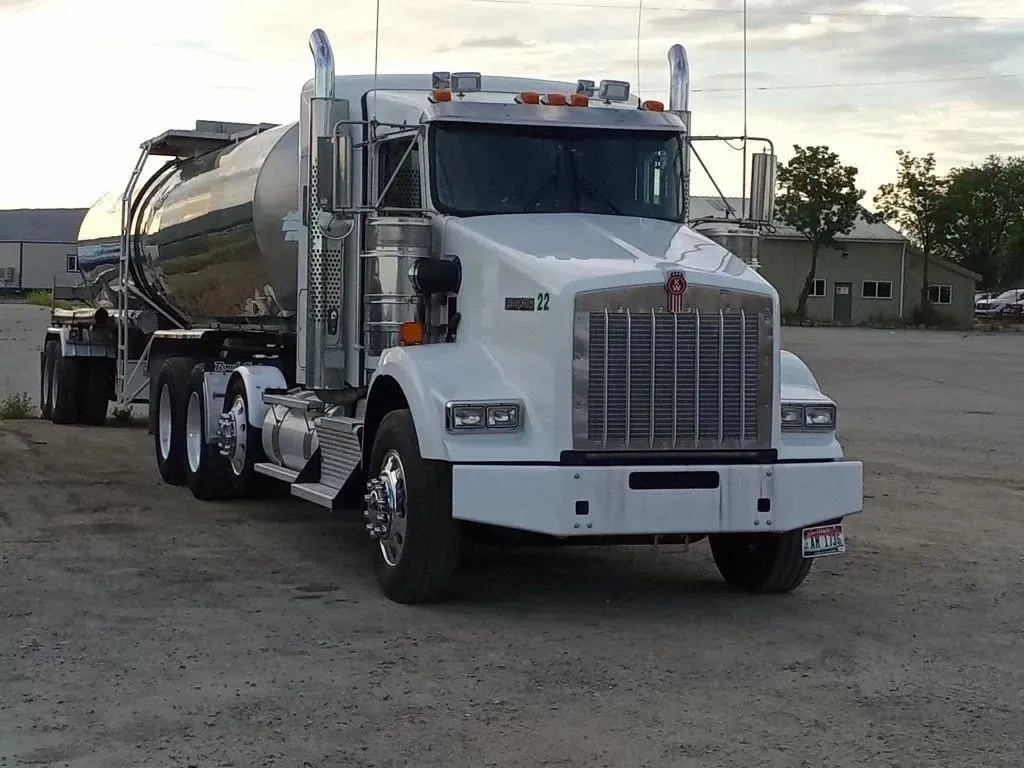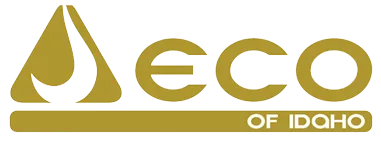Blog

How Does Wastewater Transport Work for Idaho Restaurants and Businesses
Introduction
Every restaurant and commercial kitchen in Idaho produces wastewater — from dishwashing, cooking, and cleaning. But few people stop to think about what happens after it leaves the drain. How does wastewater move from your kitchen to where it’s safely treated or disposed of?
Understanding how wastewater transport works helps Idaho businesses stay compliant, protect plumbing systems, and ensure that all fats, oils, and grease (FOG) are handled responsibly. This guide explains each step of the process, what to expect from a professional hauler, and how to keep your system running efficiently.
What Is Wastewater Transport and Why It’s Important
Wastewater transport is the process of collecting, moving, and properly treating used water that contains grease, food particles, detergents, and other waste from your kitchen. For Idaho restaurants, this system keeps your plumbing functional and your business compliant.
Proper wastewater transport ensures:
Safe removal of grease trap waste and other contaminants
Prevention of backups and blockages in your plumbing
Protection of local waterways from FOG pollution
Compliance with municipal and environmental regulations
When done right, wastewater transport keeps your operation running smoothly and reduces costly plumbing or regulatory issues.
How Wastewater Transport Works
Step 1: Collection Inside Your Facility
The process begins when used water from sinks, dishwashers, and floor drains flows into internal pipes. This wastewater first passes through grease traps, where fats, oils, and grease separate from the water. Solids sink, grease floats, and relatively cleaner water continues onward.
For some Idaho businesses, wastewater also collects in a holding tank or interceptor, which stores waste until it’s ready for removal.
Step 2: Conveyance to the Main System or Hauler
Once the wastewater is captured and pre-treated, it either moves through the municipal sewer system or is collected by a licensed transport company. Depending on your setup, this can involve:
Gravity flow through plumbing and sewer lines
Pump or lift stations that move water uphill or across flat terrain
Direct pumping from your trap or tank by a vacuum truck
During this step, consistent monitoring is critical to prevent overflows or clogs.
Step 3: Hauling and Off-Site Transport
For most restaurants and commercial kitchens, a professional service like ECO of Idaho handles the actual hauling. Specialized vacuum trucks remove the contents of your grease traps, interceptors, or wastewater tanks and safely transport them to a certified disposal or recycling facility.
This step ensures your waste doesn’t contaminate the environment or the city’s water infrastructure.
Step 4: Treatment and Final Processing
Once transported, the wastewater is processed at a licensed facility. There, solids and sludge are separated, water is treated, and usable materials are often recycled. Depending on the facility’s capabilities, the processed materials may be:
Recycled into biofuels or compost
Used in energy generation
Returned to the environment as treated water
Professional documentation ensures every load is handled properly and proves your business meets Idaho’s waste regulations.
What Idaho Businesses Should Know About Wastewater Transport
Every commercial kitchen in Idaho should have a clear wastewater management plan. Here’s what to look for when choosing or reviewing your current system:
Licensing and compliance: Always verify that your hauler is licensed to transport wastewater and grease trap waste in Idaho.
Scheduling: The frequency of pickup should match your grease and wastewater output. Overfilled tanks or traps lead to plumbing failures.
Documentation: Keep service manifests or records that detail each removal, including date, volume, and destination.
Emergency readiness: Ensure your provider offers prompt response in case of overflows or backups.
Local expertise: Idaho has specific wastewater and environmental regulations. Work with a provider who understands the requirements for your area.
FAQs
How often should wastewater be transported or pumped out?
Most Idaho restaurants schedule transport every one to three months, depending on their grease trap size and kitchen volume.
What happens if wastewater transport is delayed?
Delays can cause backups, foul odors, and even temporary business shutdowns due to health code violations.
Can I transport wastewater myself?
No. Idaho law requires licensed professionals to handle wastewater and grease trap waste due to safety and environmental risks.
Is wastewater transport different from grease trap cleaning?
They are connected but not identical. Grease trap cleaning focuses on removing grease and solids inside your trap, while wastewater transport ensures the entire volume — including liquid waste — is safely removed and processed.
Why is proper documentation important?
Service logs protect your business during inspections and prove that waste was disposed of legally and responsibly.
Conclusion
Wastewater transport may not be the most visible part of running a restaurant, but it’s one of the most important. By understanding how the process works — from collection to treatment — Idaho business owners can ensure their kitchens stay clean, compliant, and environmentally responsible.
When managed correctly by a professional service, wastewater transport keeps your plumbing healthy, prevents costly disruptions, and contributes to a cleaner Idaho.
Our Services
Helpful Links
Contact Information
Phone: (208) 867-4607
Email: [email protected]
Address: 1990 S Cole Rd, Boise, ID 83709, United States of America
Business Hours:
Mon - SunOpen 24 Hours
© 2025 All Rights Reserved | Eco of Idaho
